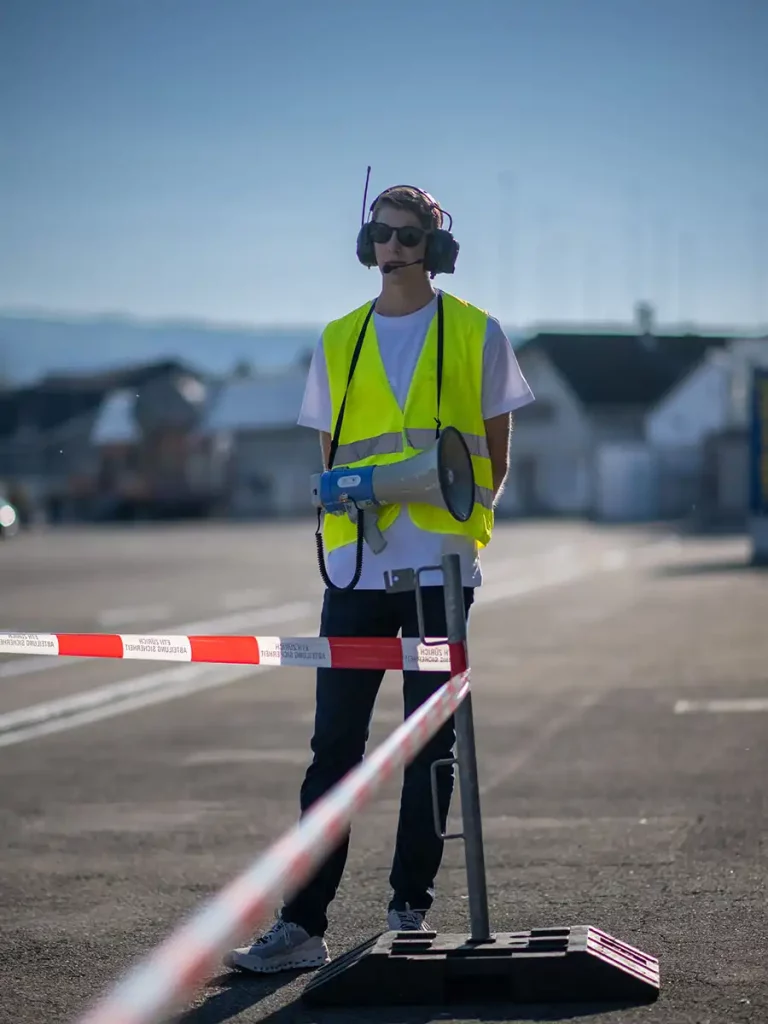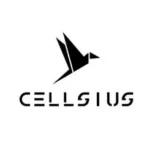Where sustainability takes flight
Developing and testing of sustainable aircraft propulsion systems since 2020
Our goal
Our mission is to develop a sustainable alternative to current climate- harming aviation.

Carbon footprint of aviation and impact
Aviation causes yearly about 2-3% of the global CO₂-emissions, irreversibly contributing to climate change. Co₂ however, is only part of the problem: other greenhouse gases like nitrogen oxides or the formation of condensation trails contribute to global warming, making the overall impact of aviation about three times as high as just the CO₂-emissions.
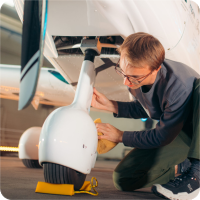
Our Solution
In order to reduce the overall climate impact of aviation, it is essential to minimize non-CO₂ emissions as well. We are therefore developing and testing completely emission-free propulsion options. Our first project involved a battery-electric system, and we are currently working on the development of an innovative hydrogen system that enables environmentally friendly, long-range flying.
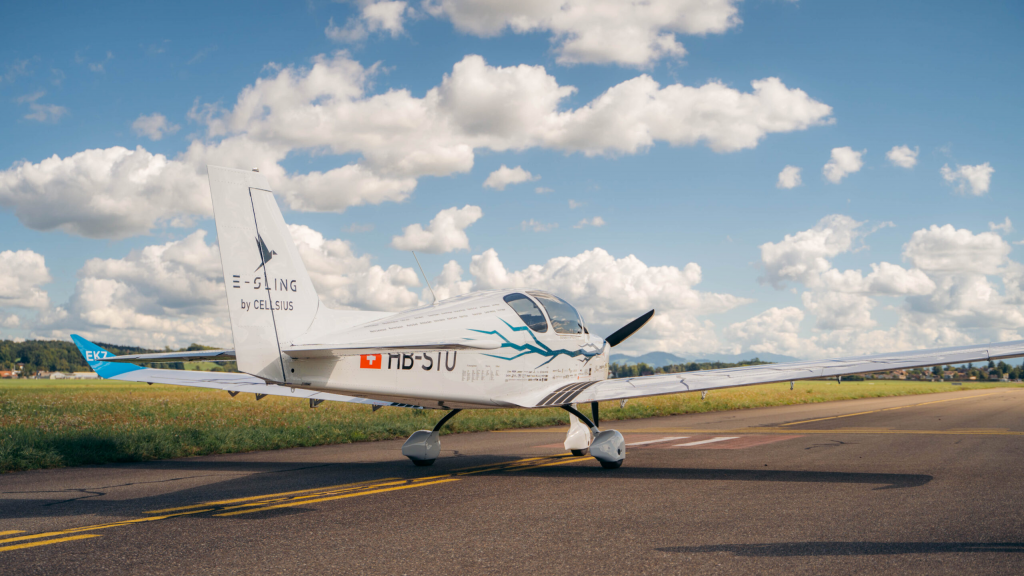
Promoting Innovation
As a non-profit organization of ETH students, we are committed to actively promoting climate-friendly innovations. At the same time, students gain valuable hands-on experience during their studies. This initiative is not only a platform for education but also a place to drive progress in sustainable aviation.
Who is behind this
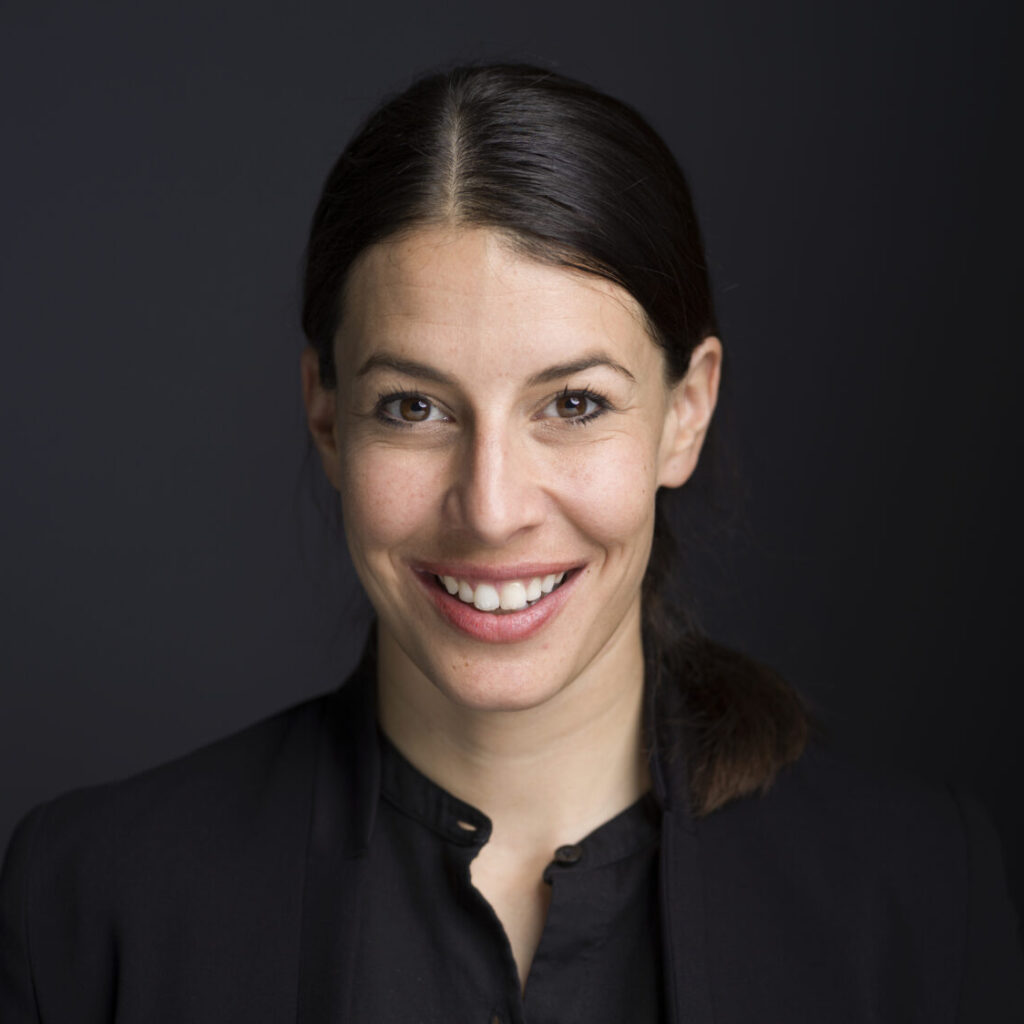
“
„Als ETH Alumna und Pilotin liegt mir das Cellsius Projekt enorm am Herzen, von Anfang an habe ich es unterstützt. Ich freue mich riesig, dass jede Generation von Student*innen mit weiteren Entwicklungen einen Schritt weitergeht und bin immer wieder begeistert von der Innovationskraft und den kreativen Lösungsansätzen des Projektteams.“
Dominique Gisin
Schweizer Skirennfahrerin und Aviatik-Begeisterte
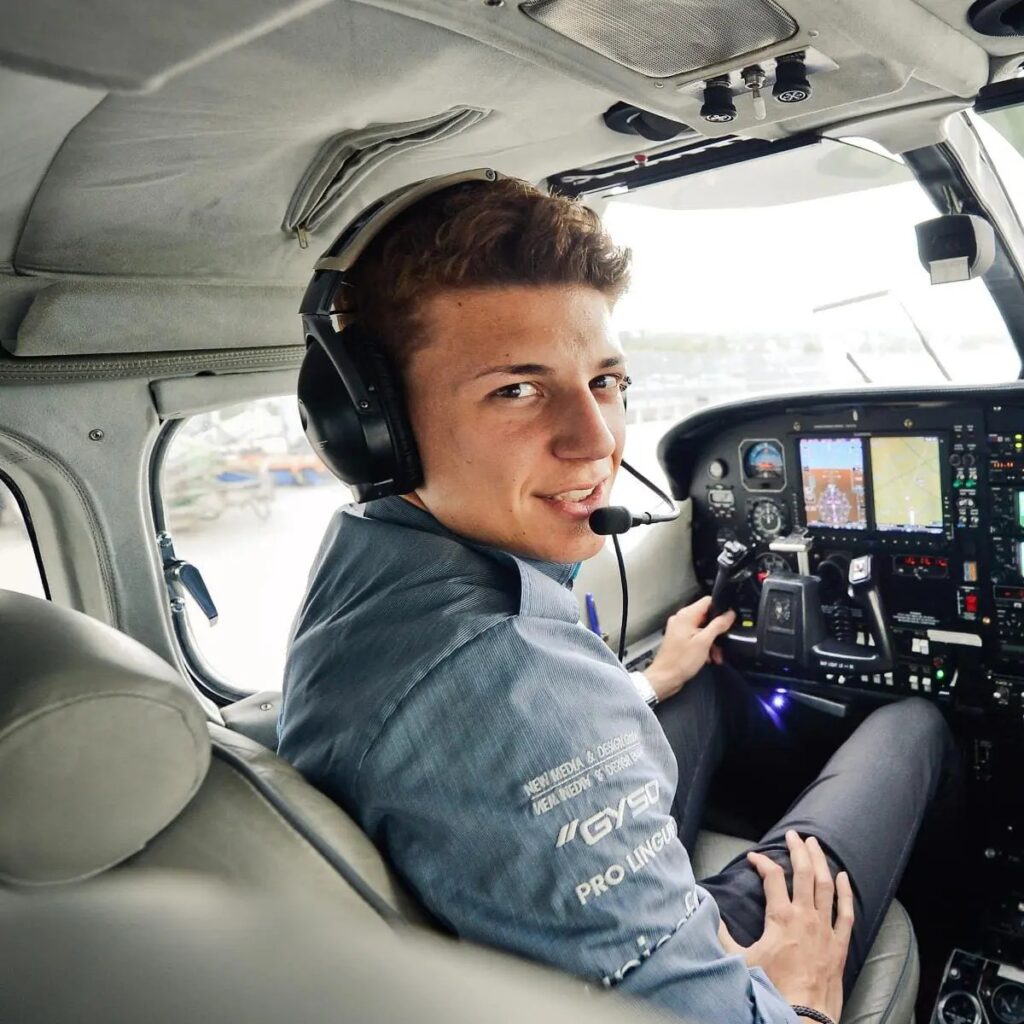
“
„Bei CELLSIUS finde ich nicht nur ein Team, sondern eine Familie, die eine gemeinsame Vision für die Zukunft der Luftfahrt teilt. Ich unterstütze das Team mit ganzem Herzen, um diese Vision Realität werden zu lassen.“
Carlo Schmid
Jüngster Pilot mit alleiniger Weltumrundung
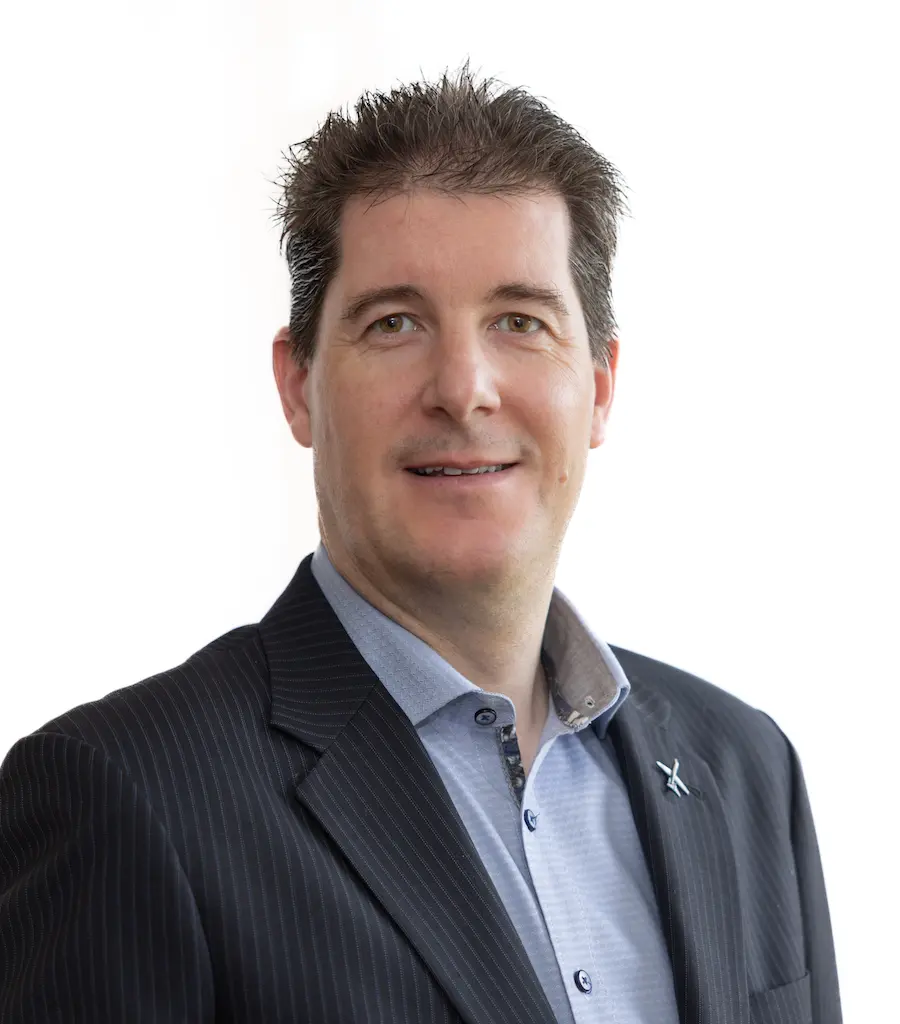
“
„CELLSIUS verkörpert Antoine de Saint-Exupérys Weisheit: «Wenn Du ein Schiff bauen willst, dann trommle nicht Leute zusammen, um Holz zu beschaffen, Aufgaben zu vergeben und die Arbeit einzuteilen, sondern lehre sie die Sehnsucht nach dem weiten, endlosen Meer.» Kaum je erlebte ich die Kraft einer gemeinsamen Vision stärker als im CELLSIUS Team.“
Dr. Urs Thomann
Director Technologies, Processes, Sustainability, PILATUS
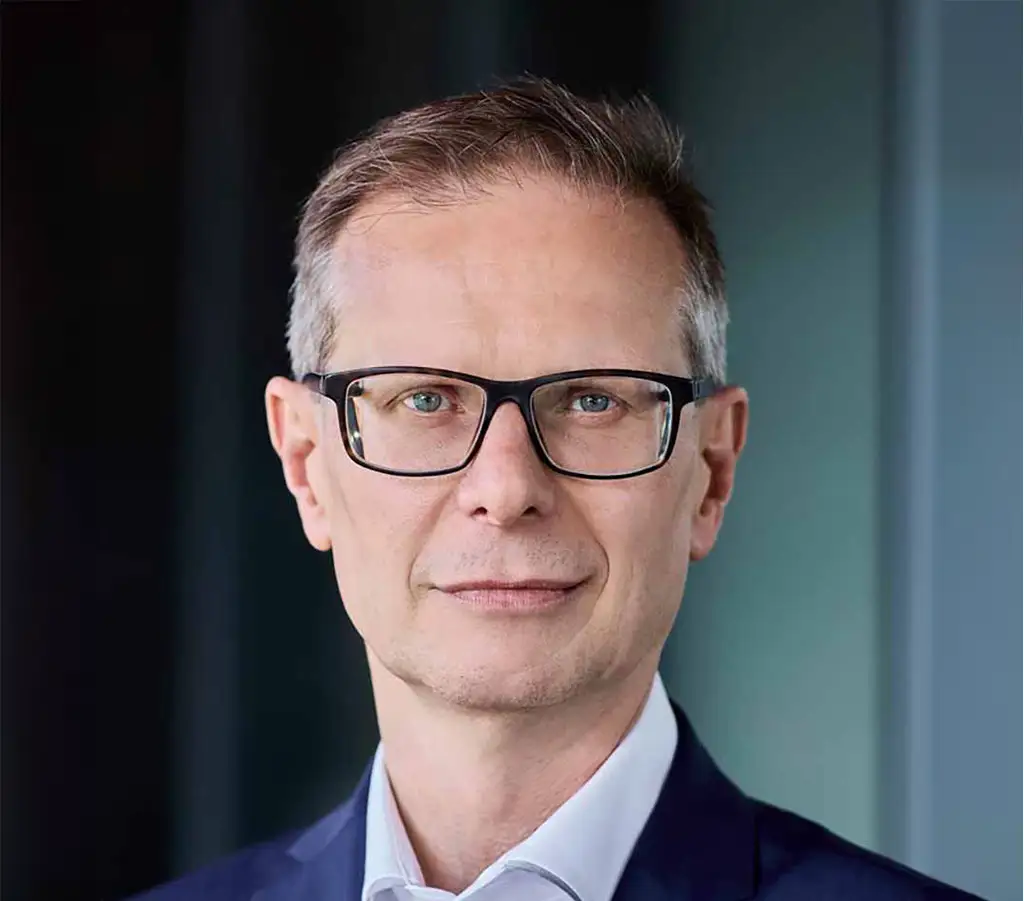
“
„CELLSIUS gibt Studierenden die Möglichkeit, ihr Wissen in praxisnahen Luftfahrtprojekten direkt anzuwenden, innovative Lösungen zu entwickeln und wertvolle Erfahrungen für ihre berufliche Zukunft zu sammeln.“
Günther Dissertori
Rektor, Eidgenössische technische Hochschule Zürich
The CELLSIUS Interview: In-Depth
H2-Sling
Angetrieben wird die H2-Sling von einem 100kW Brennstoffzellensystem. Dieses erzeugt mithilfe von gasförmigem Wasserstoff Strom, welcher den Elektromotor antreibt. Bei der elektrochemischen Umwandlung von Wasserstoff zu Strom entsteht ausschliesslich Wasser und durch die hohe Energiedichte wird zudem eine signifikante Reichweite ermöglicht!
0g CO2
Emissions
200 Km
Range
2 hr
Cruise flight
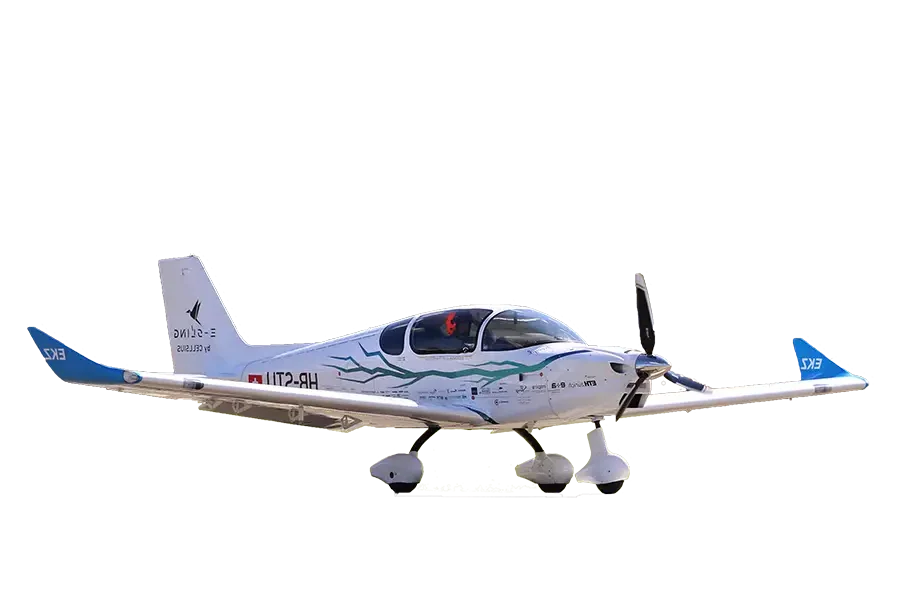
e-Sling
Zwei Jahre lang (2020-2022) arbeiteten 20 ETH Maschinenbau- und Elektrotechnikstudierende im Rahmen eines Fokusprojektes an der Entwicklung der e-Sling. Das auf der Sling TSi basierende Fligzeug-Kit wurde mit einem modularen Batteriesystem und einem eigenentwickelten Antriebsstrang ausgestattet. Das Elektroflugzeug ist aktuell am Ende der Flugerprobungsphase und befindet sich regelmässig in der Luft.
0g CO2
Emissions
180 Km
Range
1 Std 15
Cruise flight
Coming Soon
Ideas are bubbling, visions are forming—something exciting is in the air. We're ready to break new ground and plan our next big steps.
Stay tuned and be there when it all starts!
0g CO2
Emissions
? Km
Range
? hr
Cruise flight
H2-Sling
e-Sling
coming soon
How we do it
Hydrogentechnology
Hydrogentechnology
As an environmentally friendly and lightweight alternative to conventional fuels, we use the latest hydrogen technology.
Battery technology
Battery technology
Our power batteries are designed, optimized and assembled in-house from the cell level.
Power electronics
Power electronics
Our power converters are used to efficiently supply the energy of a fuel cell or battery to the engine.
Aircraft structure
Aircraft structure
We develop customized components such as wing extensions or mounting brackets that are perfectly tailored to our requirements.
Aerodynamics
Aerodynamics
Moderne Simulationstechniken helfen uns, zusätzliche Komponenten, wie Tanks und Radiatoren aerodynamisch effizient in die Flugzeugstruktur zu integrieren.
Safety
Safety
Durch umfassende Sicherheitskonzepte stellen wir sicher, dass unsere Flugzeuge, sowohl am Boden als auch in der Luft, den höchsten Sicherheitsstandards entsprechen.
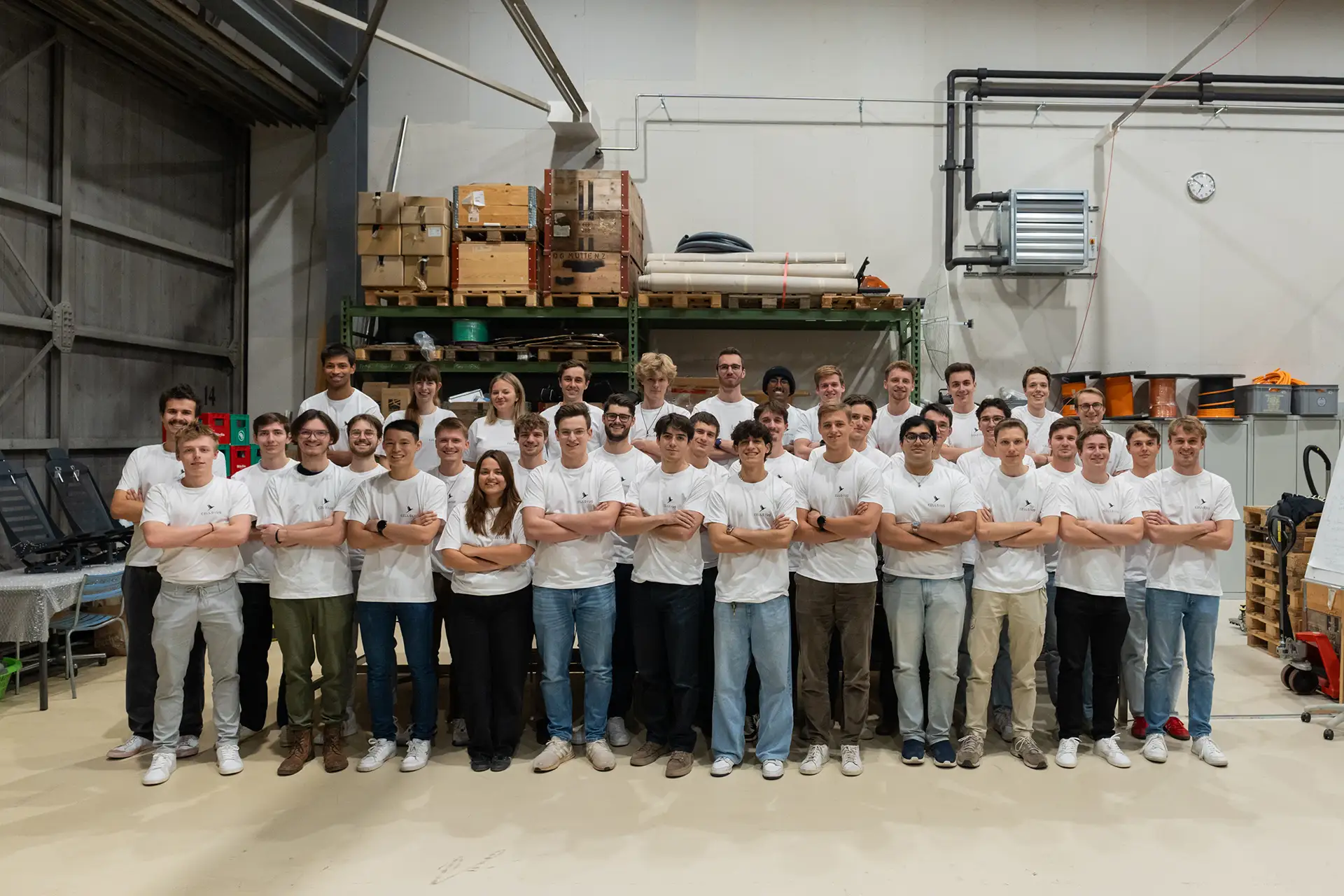
This is CELLSIUS
40+
members
2020
Start date
200+
Sponsors
The team consists of 12 mechanical and electrical engineers leading the project, supported by motivated freelancers and the organization's board. Together, we are CELLSIUS, united by the vision of achieving sustainable aviation.
50+
members
2020
founded
200+
Sponsors
Folge unseren Sozialen Kanälen
Our sponsors
support us in various ways, ensuring that our dreams don’t remain mere aspirations but can be turned into reality.


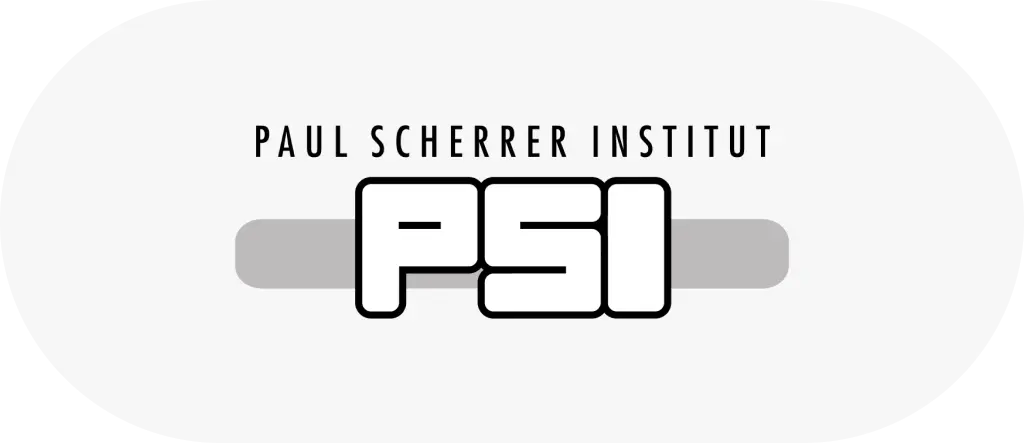

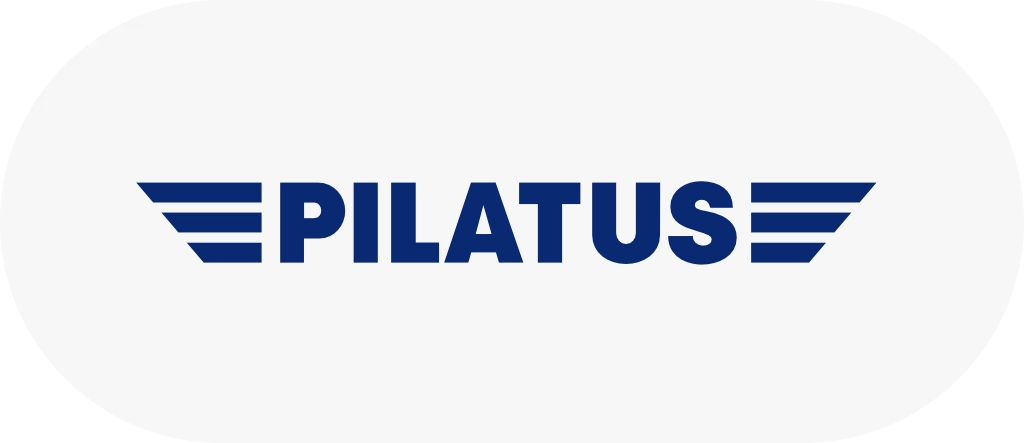









Explore stories
Hydrogentechnology
Aufgrund der enormen Energiedichte von Wasserstoff, ist es ein sehr attraktiver Energieträger für die Luftfahrt. Diese Energie kann mithilfe einer Brennstoffzelle zusammen mit Luft zu elektrischem Strom, Wärme und Wasserdampf umgewandelt werden. Damit diese Reaktion stabil und effizient ablaufen kann, braucht es sogenannte Subsysteme, welche die einzelnen Reaktanden auf die jeweilige Reaktion vorbereiten. Dies umfasst die aktive Kontrolle von Druck, Massenfluss, Feuchtigkeit, Temperatur und Konzentration. Das gesamte Design, die Erprobung und auch die Integration, mechanisch wie auch softwaretechnisch, machen wir selbst!
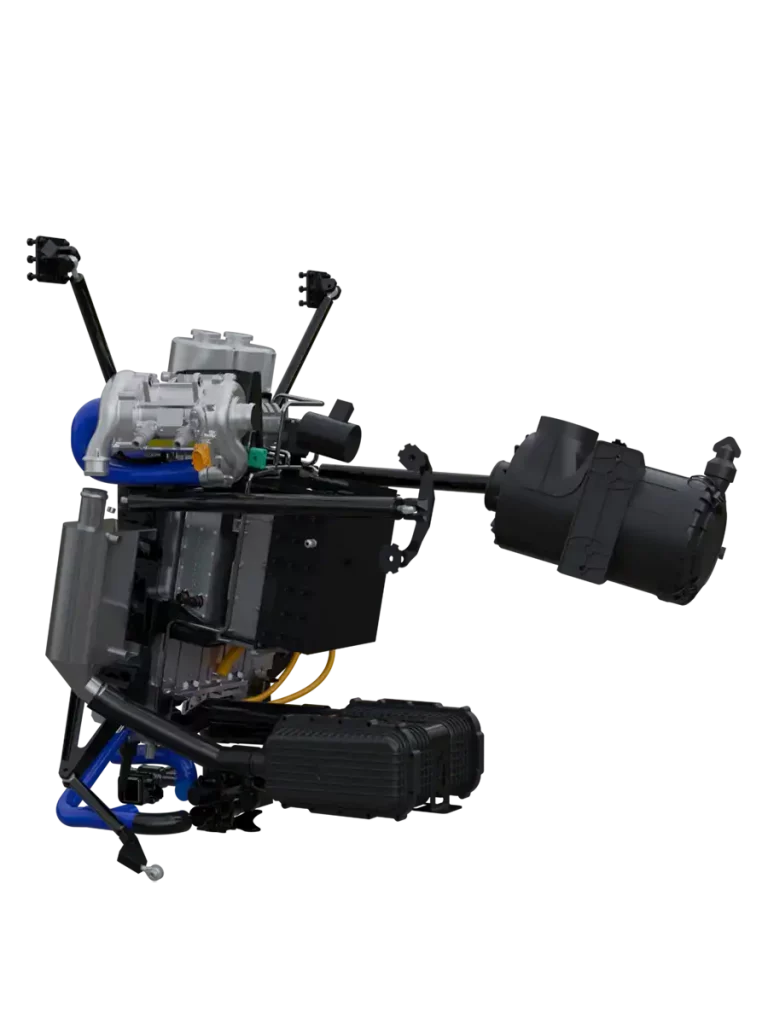
Battery technology
Ein Wechselstrommotor, wie er in unseren Projekten verbaut ist, kann mit einer Batterie oder einer Brennstoffzelle angetrieben werden. Bei einem Wasserstoffsystem braucht es ein zusätzliches modulares Batteriesystem, welches der Brennstoffzelle die nötige Energie für Leistungsspitzen und den Start zur Verfügung stellt. Die Batterie wird während dem Flug von der Brennstoffzelle wieder aufgeladen. Bei rein elektrischen Flugzeugen reicht eine grosse Leistungsbatterie, welche die gesamte Energie für den Flug bereitstellt. Mittels Flüssigkeitskühlung wird die Batterie auf einer konstanten Temperatur gehalten und Überhitzungen werden vermieden.
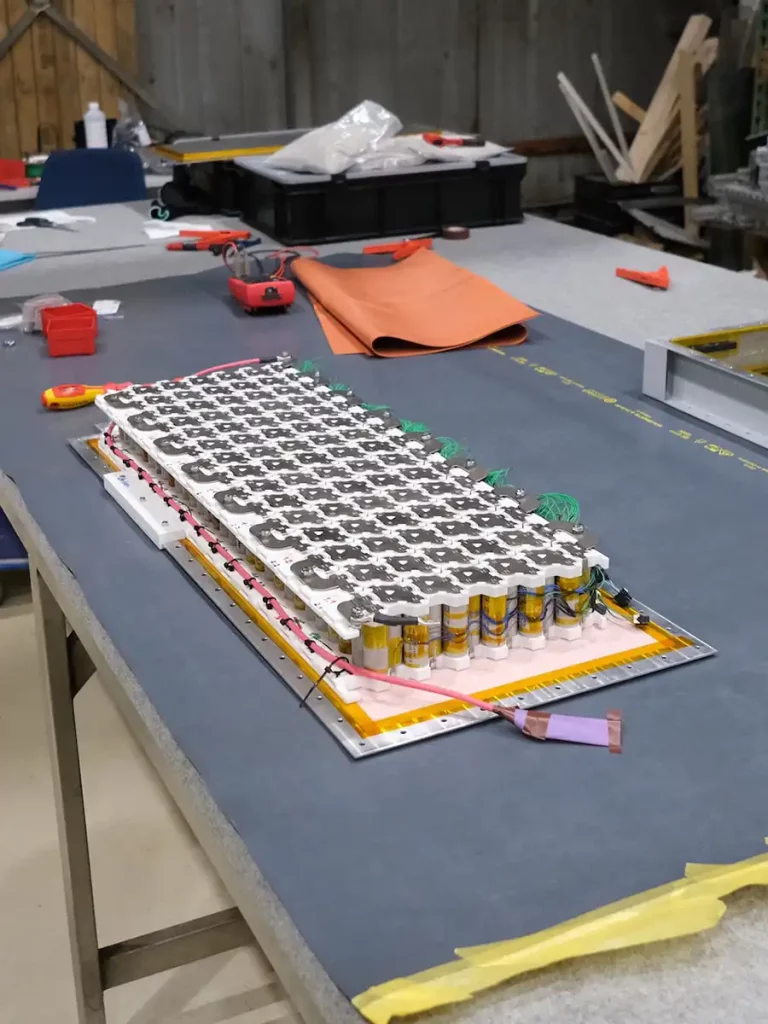
Power electronics
Um den Motor mit der Batterie oder der Brennstoffzelle anzutreiben, braucht es einen Stromwandler. Dieser ermöglicht es, die gewonnene Energie zum Aufladen, und damit Antreiben, unseres Motores zu verwenden. Damit dieser perfekt zu unserem Motor passt und den Anforderungen sowohl einer Batterie als auch einer Brennstoffzelle und dem gesamten Antriebsstrang entspricht, wird dieser Stromwandler von uns entwickelt.
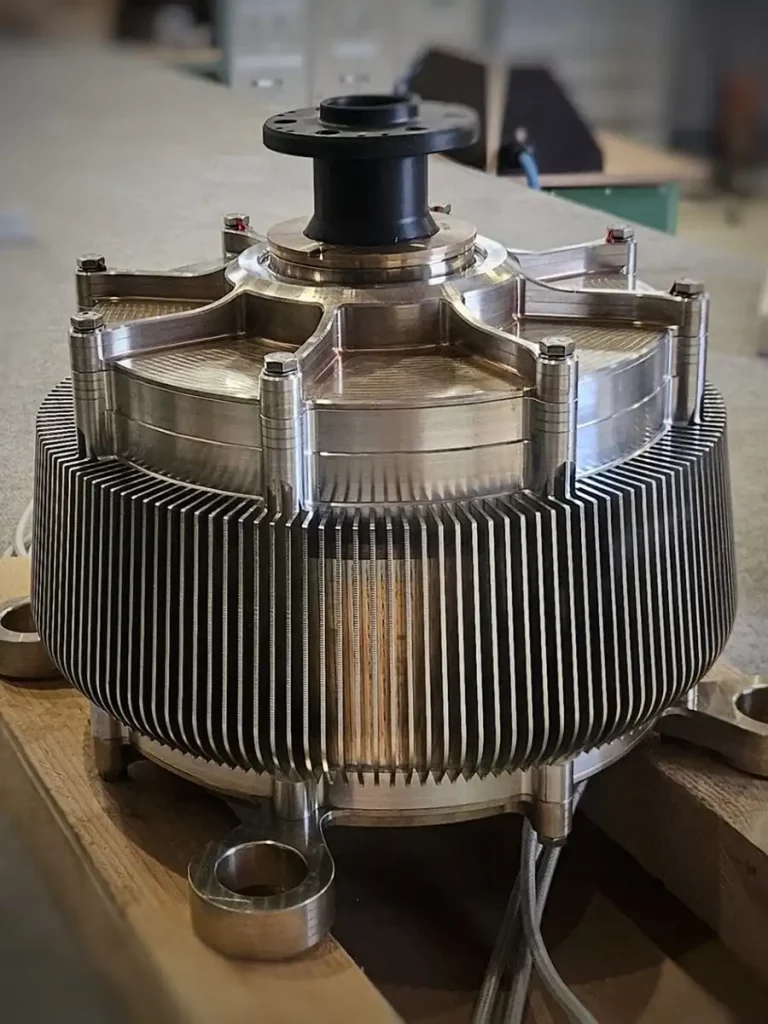
Aircraft structure
Die Basis der von uns entwickelten Flugzeuge bilden Kitflugzeuge, welche in Einzelteilen geliefert und wir selbst montieren. Der Hauptvorteil eines Kitflugzeuges liegt in den geringeren Anschaffungskosten sowie der Möglichkeit, während des Baus Modifikationen direkt in die Struktur zu integrieren. Zusätzlich zur Grundstruktur entwickeln wir verschiedene eigene Anpassungen. So werden beispielsweise Halterungen oder Flügelverlängerungen von Grund auf neu konstruiert. Diese Komponenten werden zunächst am Computer entworfen und simuliert, bevor sie anhand technischer Zeichnungen gefertigt werden.
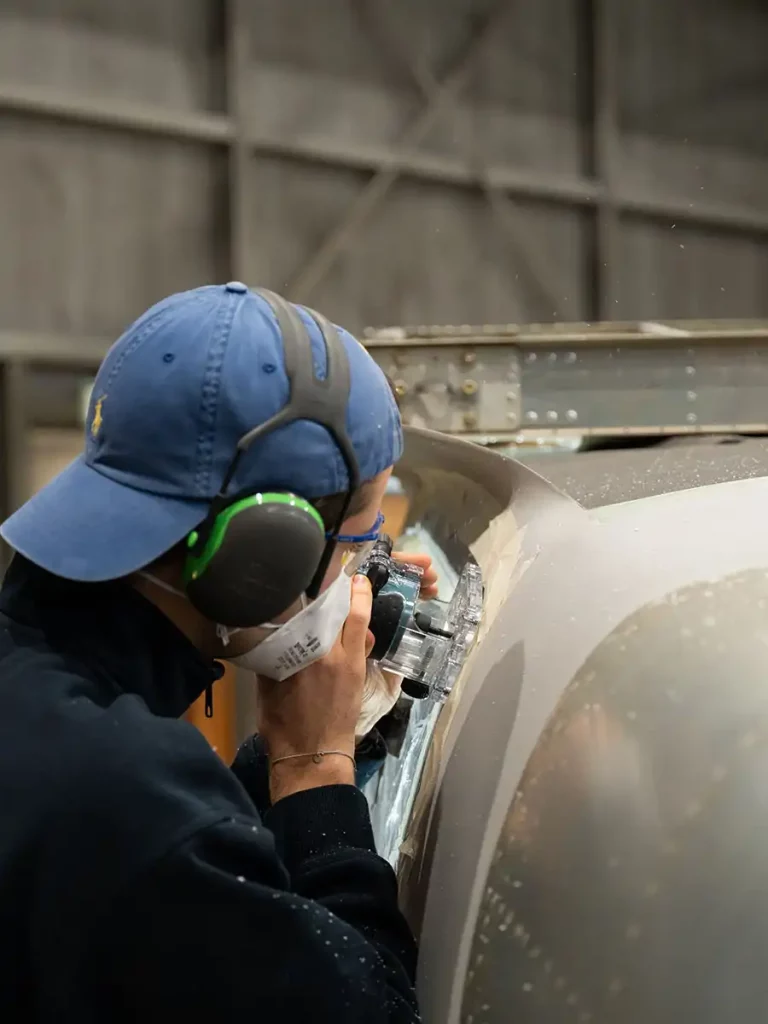
Aerodynamics
Die grundlegenden aerodynamischen Flächen unserer Flugzeuge entsprechen dem ursprünglichem Flugzeug-Kit, wodurch die bewährten, gutmütigen Flugeigenschaften, die in zahlreichen Flugtests des Herstellers nachgewiesen wurden, erhalten bleiben. Um zusätzliche Komponenten wie Flügeluntertanks oder Radiatoren optimal zu positionieren und aerodynamisch zu gestalten, nutzen wir modernste Technologien, darunter computergestützte Strömungssimulationen.
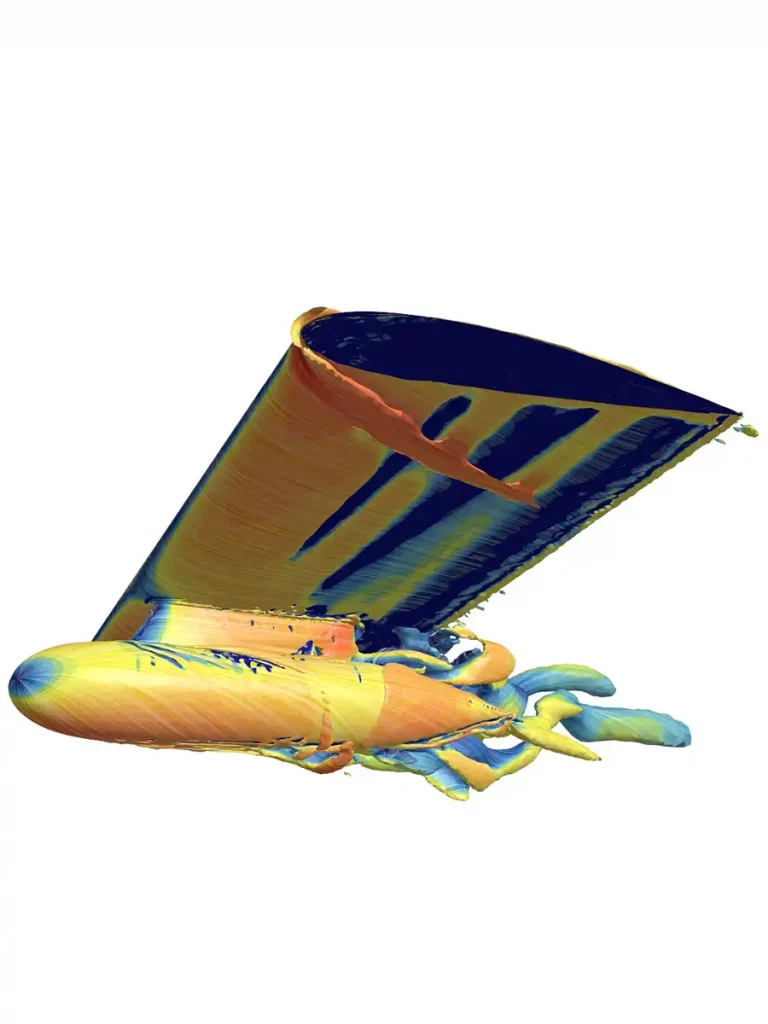
Safety
The safety of our pilots and students remains our top priority. We collaborate with external companies that provide specialized training in handling high-voltage systems and hydrogen. Additionally, we have implemented comprehensive safety concepts for each of our testing areas, which are externally reviewed and approved.
Concerning the safety of the pilot, we are proud about our close collaboration with federal office of civil aviation and Experimental Aviation of Switzerland (EAS). Together we are working on an elaborate security concepts for the construction and operation of our aircraft.
